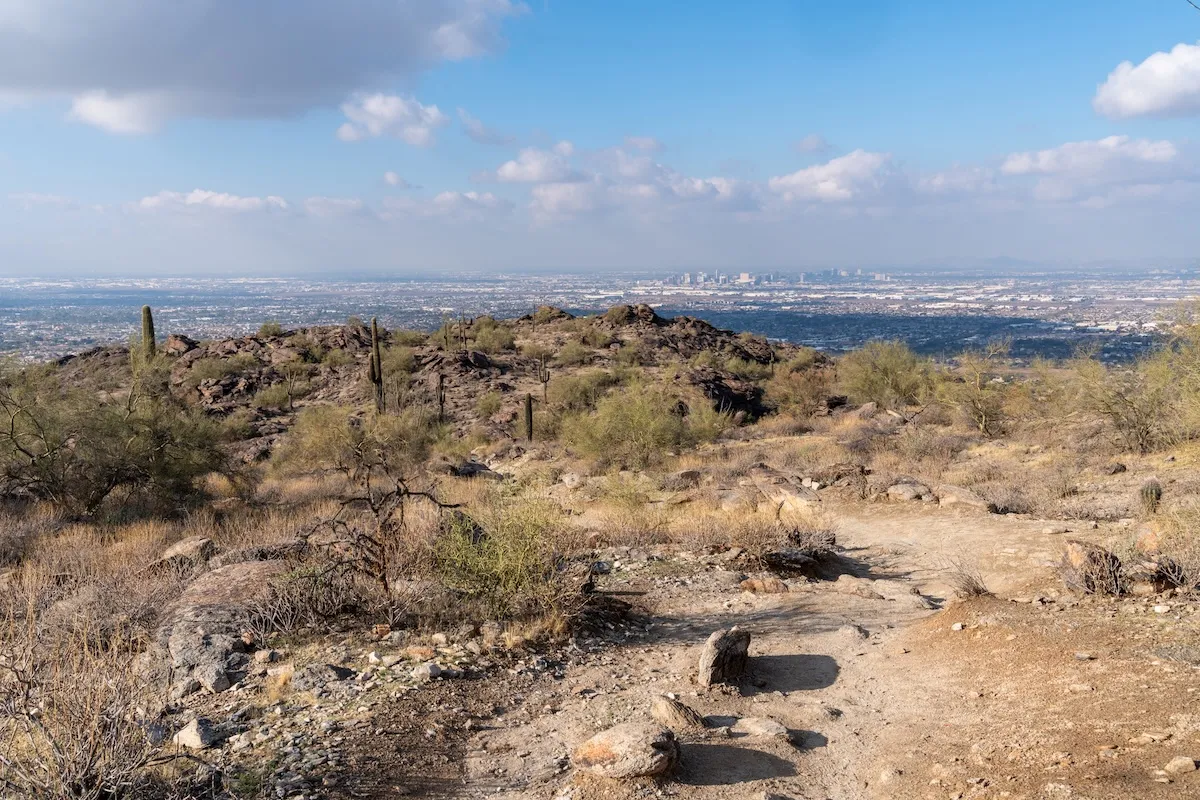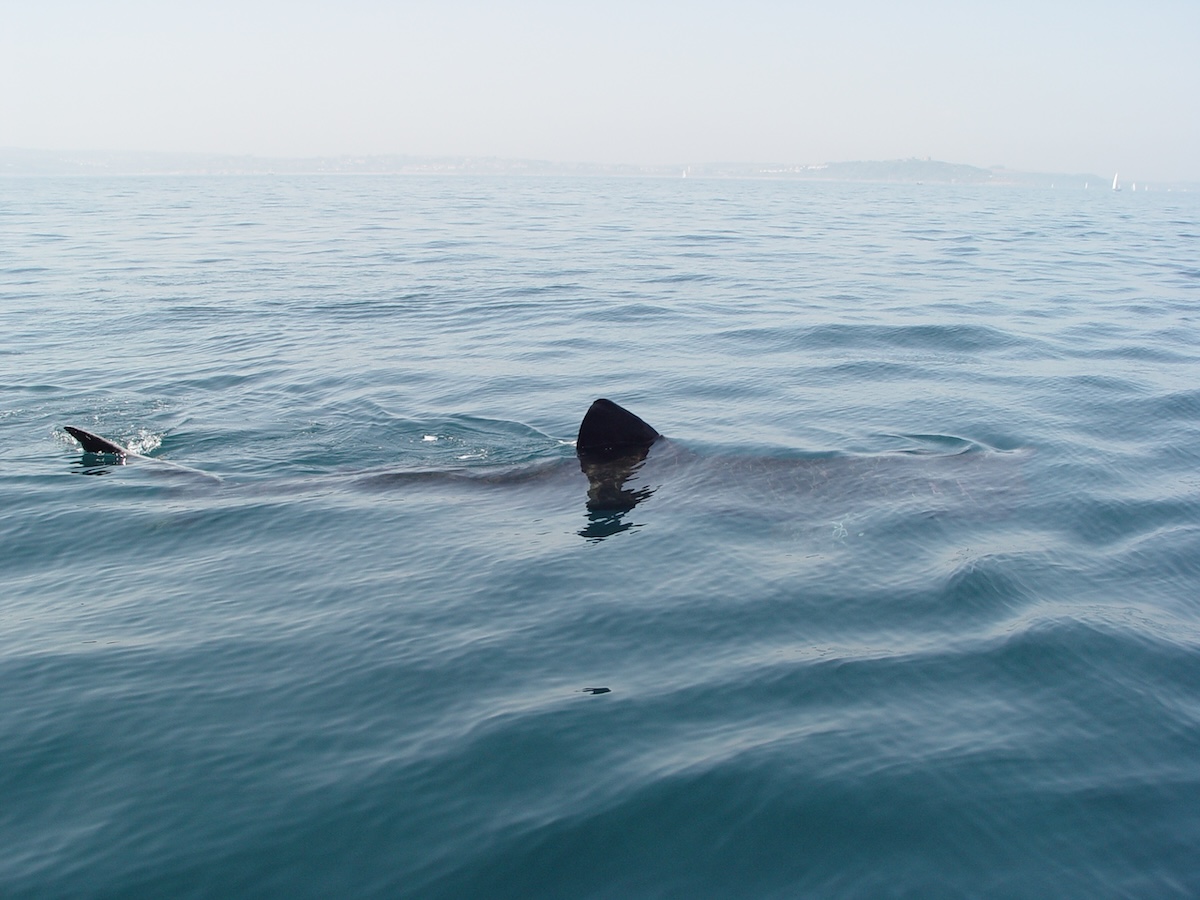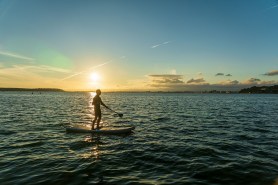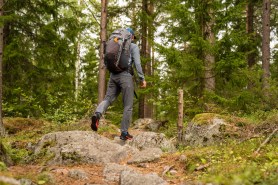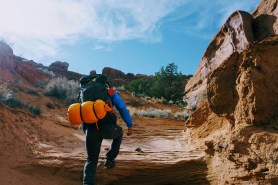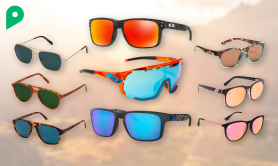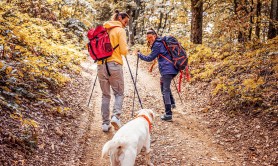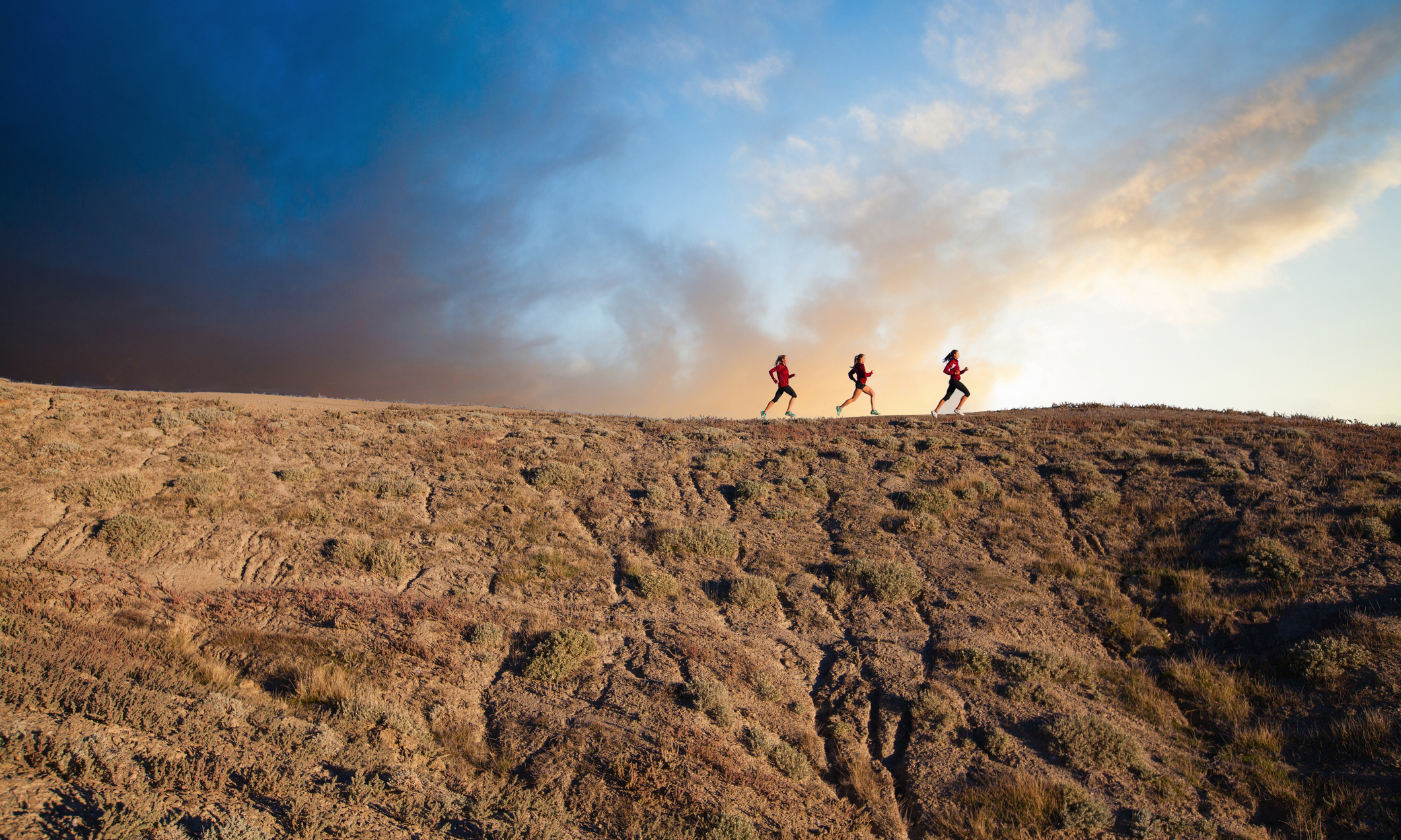

Did you know that humans have the most efficient stride in the animal kingdom? If we humans are tailor-made to do anything, it’s running in the great outdoors. Maybe that’s the thing about trail running that feels so inherently right. Your body will thank you for the fresh air and the exercise, and you may even get to feel a little closer to the earth as you hop over rocks and tree roots.
Videos by Outdoors
If you’re new to trail running, let’s go through the gear you need to get going, and we’ll provide a couple of beginner tips along the way.
Gear That Gets You Moving
Hydration Vest
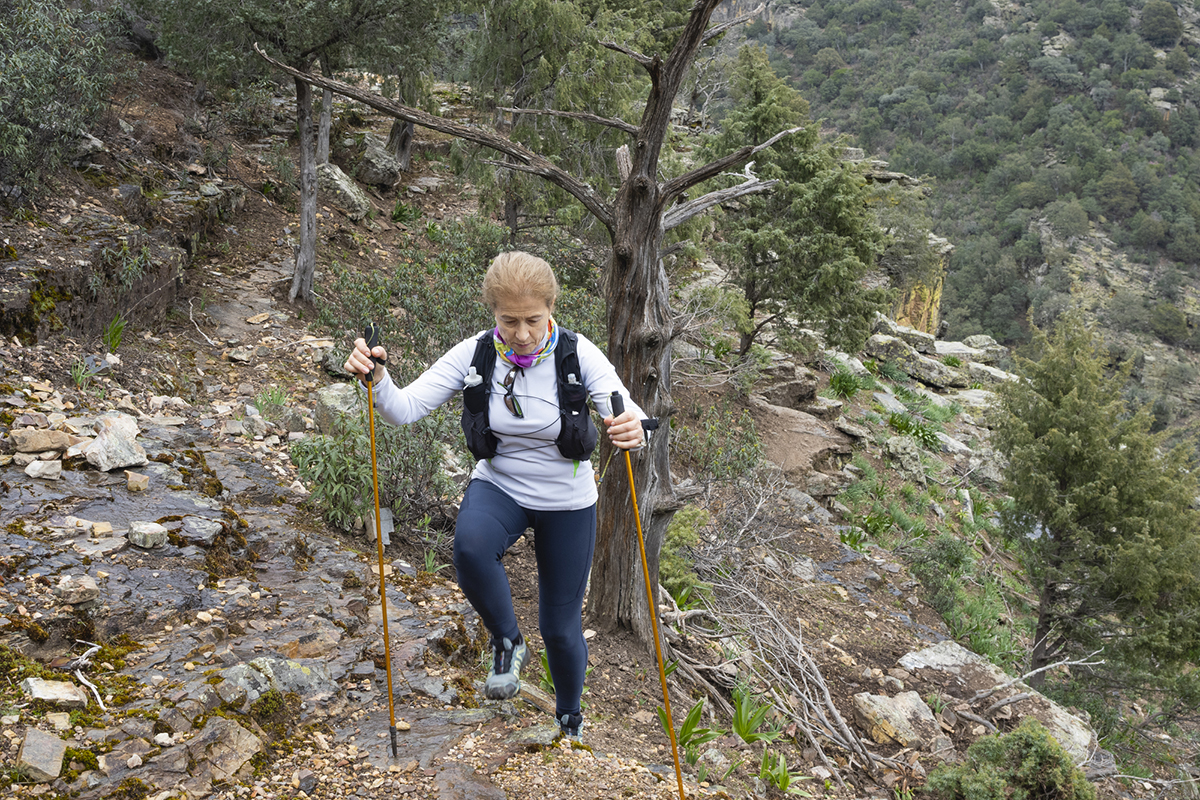
The quickest way for a run to go very wrong is to forget your water. If you’re sticking to short trail runs, you could get by with a hand bottle, but chances are you’ll eventually want to stay out a little longer. For this, a hydration vest brings convenience, and if you’re bringing out a liter or more, it feels much more natural to have the weight on your back rather than in one of your hands.
There’s a whole lot of pockets, bells, and whistles that will vary between different vests. You’ll have to use some discernment regarding which fits your personal taste and body type. Take the time and try some on before you buy. Be mindful of how the vest fits around your underarms, since that area can be particularly prone to chafing. And once you pick one up, make sure to keep that reservoir clean.
Clothing
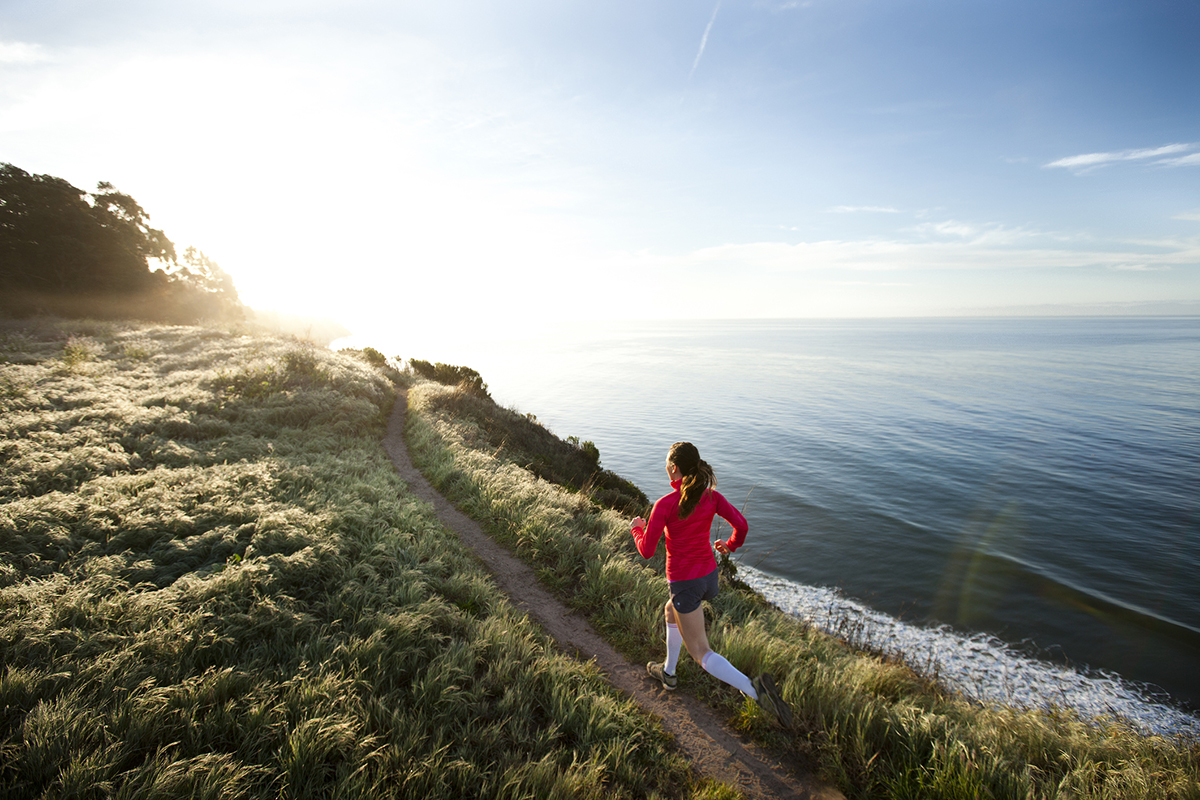
Merino wool should be what you reach for first. Not only is it comfortable but it wicks sweat beautifully, so you’ll want it as a base layer. Beyond that, run in whatever’s comfortable. Courtney Dauwalter, ultra marathoner and trail runner extraordinaire, runs exclusively in basketball shorts.
When it comes to running in inclement weather, traditional rain jackets can feel smothering. A light, packable wind shell can probably fit in one of your hydration vest pockets. For wet and cold conditions, a softshell jacket is a good choice. Neither of these options will be perfectly waterproof, but they should get you through your run. In the heat, make sure you’ve got the sun protection you need.
The Right Footwear
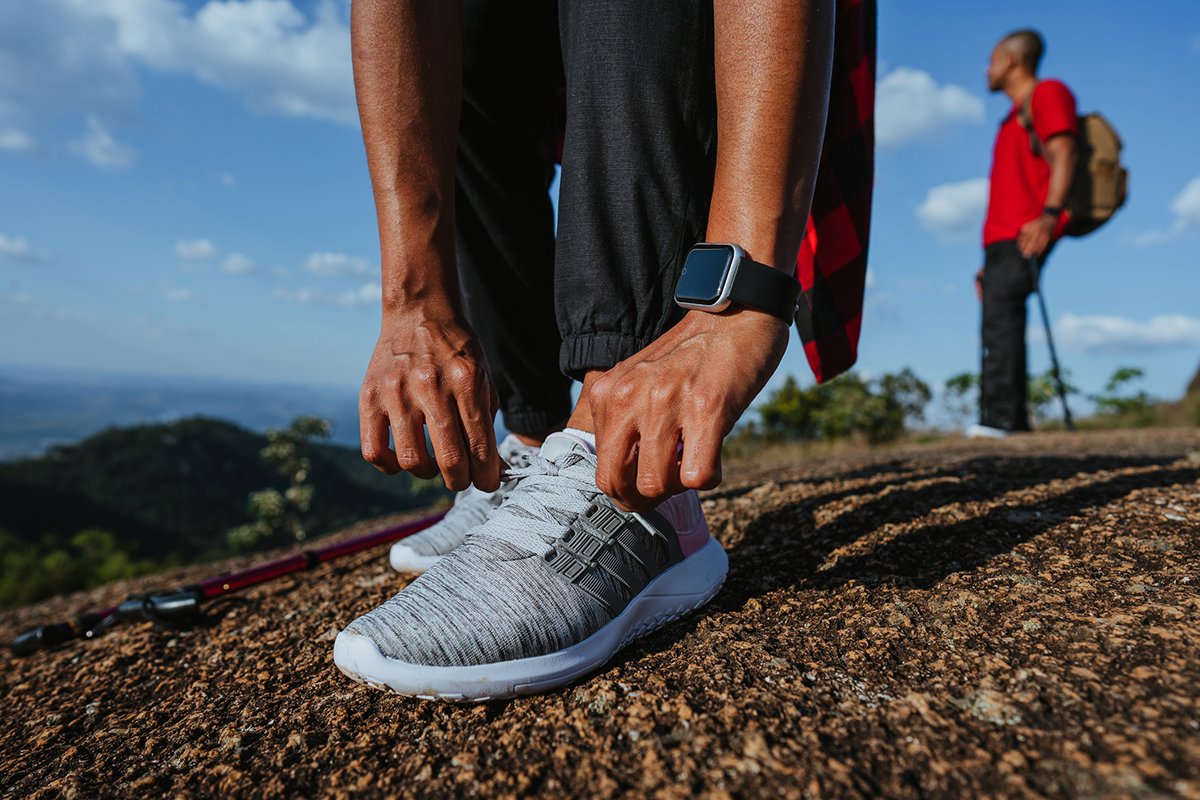
Maybe you’ve heard the saying, “Don’t compromise on anything between you and the ground.” This applies to car tires, beds, and perhaps most importantly, shoes. Trail running shoes may be the single most impactful purchase you make as you get started. Everyone’s feet are different, though, so we can’t tell you exactly what shoes to buy.
That said, here’s some guiding advice. First, go up half a shoe size, just as you would buying hiking boots. This is to account for how your feet will swell on a run. Next, consider how much cushion you want. If you tend to heel strike, a high-cushion shoe will be for you. Runners that stay predominantly on their midfoot or forefoot may thrive in shoes with less cushion, and they’ll be able to more easily feel and respond to the ground beneath them.
Those are a couple major points, but there’s a whole world of shoes out there. Try on as many as you can until they feel right.
Socks are the easy part. Go with merino wool again. Sock liners or double-layered socks can help prevent blisters.
Tracking Device
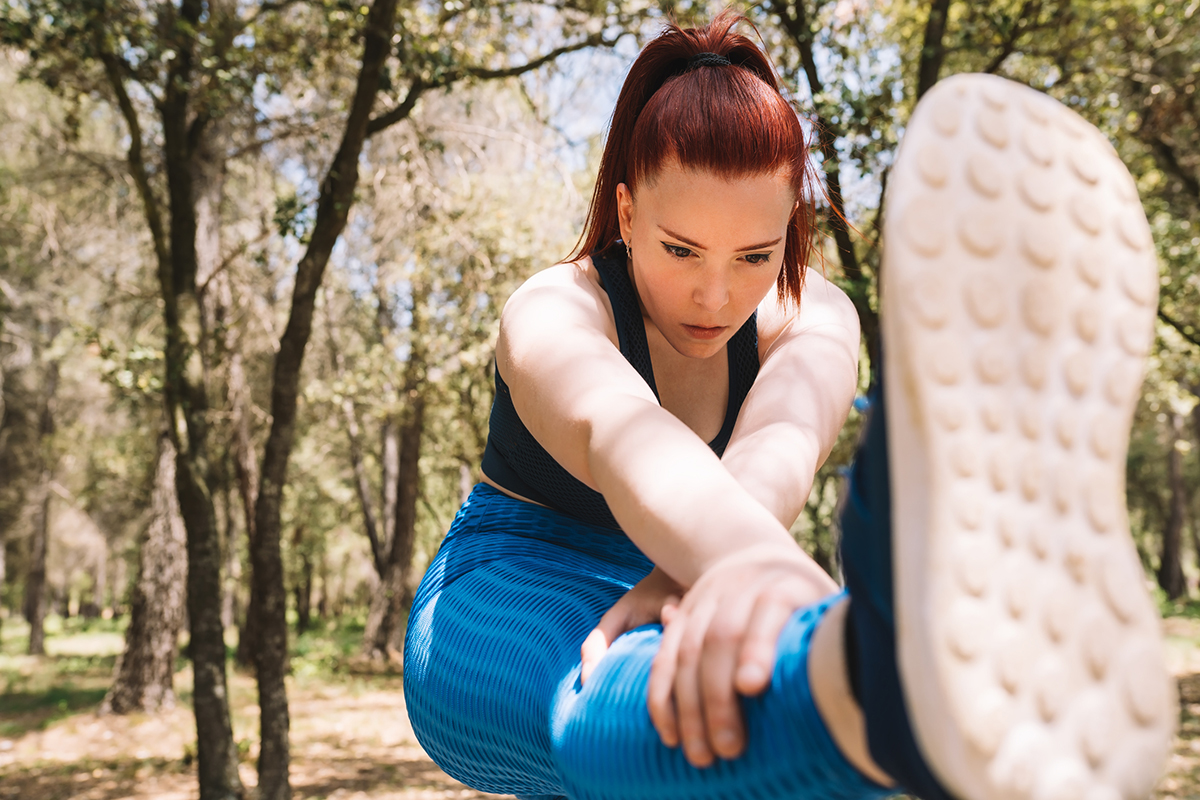
While you’re free to embrace a natural run without the aid of technology, there are as many reasons to track your run as there are elements to track. Having a sense of your heart rate is a great indicator of your health, and it’s smart to keep an eye on your pace, especially as you’re just getting started. Ease into this hobby to avoid injury. Looking back at the distance and the elevation change you’ve covered provides a concrete sense of pride after each run, and apps like Strava can give you all of these stats, along with some social media bragging rights.
For these purposes, you’ll want to wear a smartwatch or pick up a holder for your phone. These aren’t necessary, especially for beginners, but if you’re going somewhere unfamiliar, it’s smart to have some way to navigate or contact help should something go wrong. Even on a familiar trail, be sure to let someone know where you’re going and how long you plan to be gone.
Everything Else
For longer runs, stashing some electrolytes, gels, or sports gummies in your hydration vest can give you an energy boost in the middle of your outing. Granola bars and other, heartier foods can come in handy too. Just be mindful of how it will sit in your stomach as you run.
If you’re leaving anywhere close to dark, you’ll need to pack a headlamp. Double check that your clothing has some reflective strips, so you can be seen. If you can’t find clothing with reflective strips built in, it’s worth finding a reflective band or two to wear, especially if you’ll be anywhere near a road.
For hikes with particularly difficult climbs, it may not be a bad idea to bring some trekking poles along, too. Some hydration vests have elastic pockets meant for storing them.
Lace Up and Fly
Trail running is hard, but the hardest things are worth doing, and the view from the top is unlike anything else. As you stride through peaks and valleys, you’ll run into internal hurdles too—the difficulties and moments of ease that come with challenging yourself physically.
Surely, running out on the trails is better than beating the same old pavement day after day. It’s an endless mountain to climb, but each run is its own summit, and it’s all yours.
